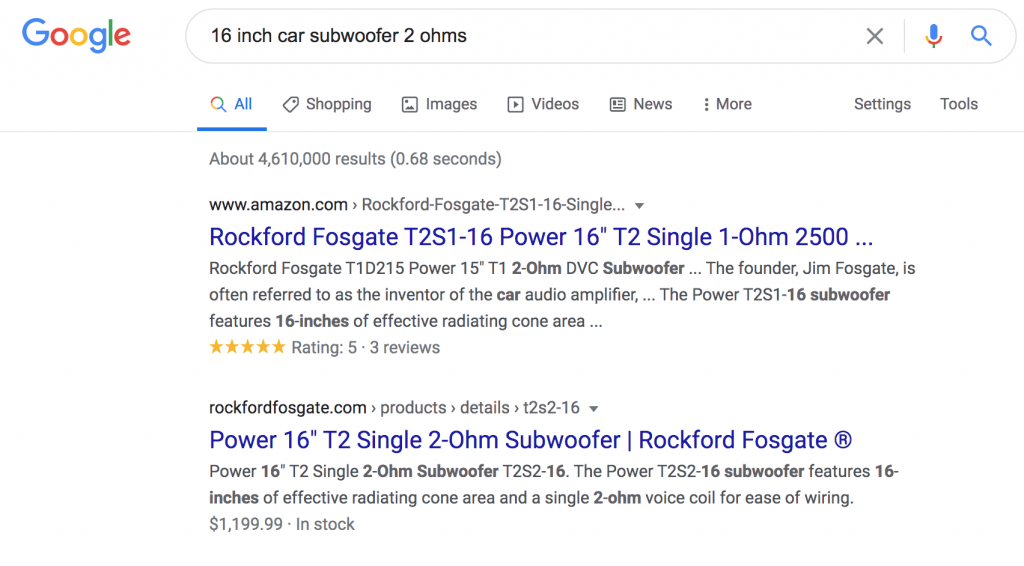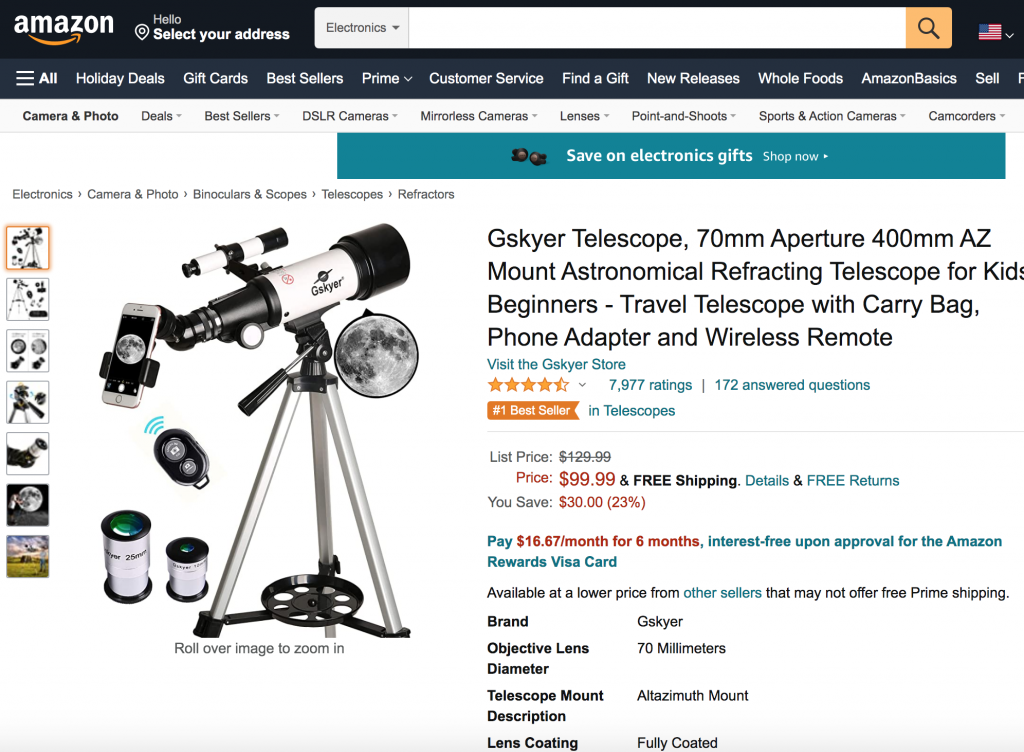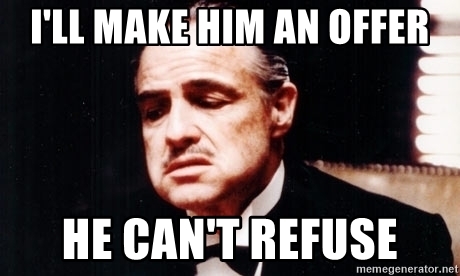Blog

How to Help Your Retailers Sell Your Stuff
You’ve just invented the world’s most comfortable socks, the most effective toothpaste, or a supplement that increases lifespan – or maybe you just sell yarn online. In any case, whether selling to consumers (business-to-consumer, or B2C) or retailers (business-to-business, or B2B), optimizing your online product listings has amazing benefits for your business. You’ll sell more of your inventory and gain brand new data insights into purchasing habits and more. By understanding what qualities provide maximal product visibility, as well as the pitfalls that can make products suddenly invisible online, you’ll learn how to skyrocket your e-commerce store into the stratosphere.
High-Content, High-Information Products Get Found
If you were to ask us how to find a book in a library, you’d have the easiest time if we gave you the most information. Sure, the name and the author would make a great start, but you’d have an easier time if we told you other things you could look out for, for example, the Dewey decimal number, so you could find the section it was in; the physical dimensions of the book, so you could approximate it in your mind; and maybe even the color and if it was a hardcover or softcover.
Similarly, users looking for products online search with every single detail about the product in mind. Mechanics browsing a wholesale store for aftermarket car subwoofers need to know the ohms so they can wire it properly. New homeowners who want to install a vanity in their master bathroom need to know the exact height, width, and depth to see if they can fit it in that little nook without stubbing their toes every day. People with allergies to certain fabrics need to know the exact blend of cotton, polyester, and nylon in those shirts of yours – and seemingly important qualities like size and color suddenly become secondary.

So what kind of attention to detail would it take for users to find your products when they search “2 ohm 16-inch car subwoofer,” “52-inch granite countertop vanity,” or “100% cotton workout tee men?” Consider those questions and more when writing your product descriptions and filling in each data field in the back end of your store.
Another recent example: the author of this post was looking at waterproof shells for his camera on a fairly established and reputable website. The product came in three sizes – Small, Medium, and Large – but nowhere on the page did it say exactly what that translated to in inches or centimeters. Guess who’s not shelling out $40?
Sometimes, you may want to go above and beyond what your preferred e-commerce service offers when it comes to product data fields and telling the whole story. Sometimes the filtering options may be inherently limited. In this situation, see if there are any extensions that provide additional data fields. Our CommerceBlitz Wholesale B2B app happens to do this exact thing for Shopify, our favorite online store service.
Visuals, Visuals, Visuals
Many business owners think a single photo for each product is enough. It’s simply not. Check out this example of the #1 best-selling telescope on Amazon. It has seven images. They don’t even all have to be amazing. (Also, while you’re at it, note the title of the product, which mentions the specifics of the telescope’s focal length and aperture, target audience, and all items included in the bundle.)

What’s that second-to-last image? Someone standing in front of a moon with a telescope? Maybe not the most technical of snapshots, but it helps tell the story. This is what users need to be swayed into a purchase decision. When you’re shooting photos of your home-sourced honey jars, take multiple angles in a lightbox, attach a flat render of the label as another image, and maybe a photo of the honey on a table cracker. Take individual photos of each component in a bundle. Illustrate the point. Create the purchase intent – and only then can the user make an evaluation on price.
Arm Your Buyers/Retailers with the Ammo They Need
Here’s the crucial part of what we’re saying when it comes to wholesale: your retailers will take cues from you. The liquor store is already focused on stocking their shelves, cleaning their facilities, COVID-19 precautions, etc. – if they want to run a promotion for your new red wine, they’ll look to you for tasting notes and other marketing languages. If Best Buy is having a sale on Samsung TVs, their Samsung rep is the first resource they’ll go to for more details. Online, this builds SEO credibility, which increases organic product visibility overall. If a ton of well-trafficked websites are syndicating your exact language because they can’t possibly come up with anything more specific, you’ll rise to the top when users search for your specific keywords and details – and as an added bonus, your brand will stay consistent across all digital properties. If you have the ability to manually force language changes over a seller’s online platform, make sure you do the best job possible. Help them help you. Sell to them so they can sell to you.
Bottom Line: Less Isn’t More, More is More.
When it comes to e-commerce, providing as much detail as possible will help a massive online universe find your little neck of the woods. Remember – if you’re giving directions to someone on the street, do better than pointing and saying “go that way.” Use language clearly and deliberately, for example, “go down South Avenue, past that second light, then take a right and look out for the blue building with the white awning; you can find parking in the back.” Same principle online. Guide the user to your product page, then make them an offer they can’t refuse.

Follow these steps and you’ll boost your online sales in no time. And if you have any questions, DM us on Facebook and we’ll get back to you!